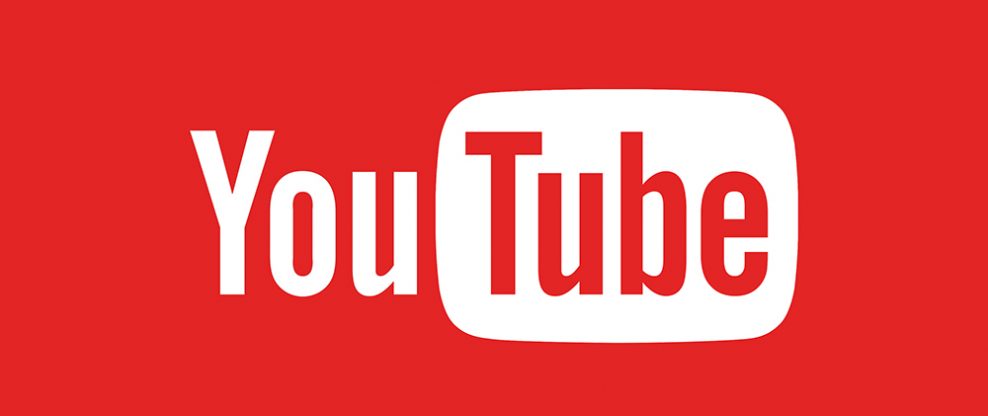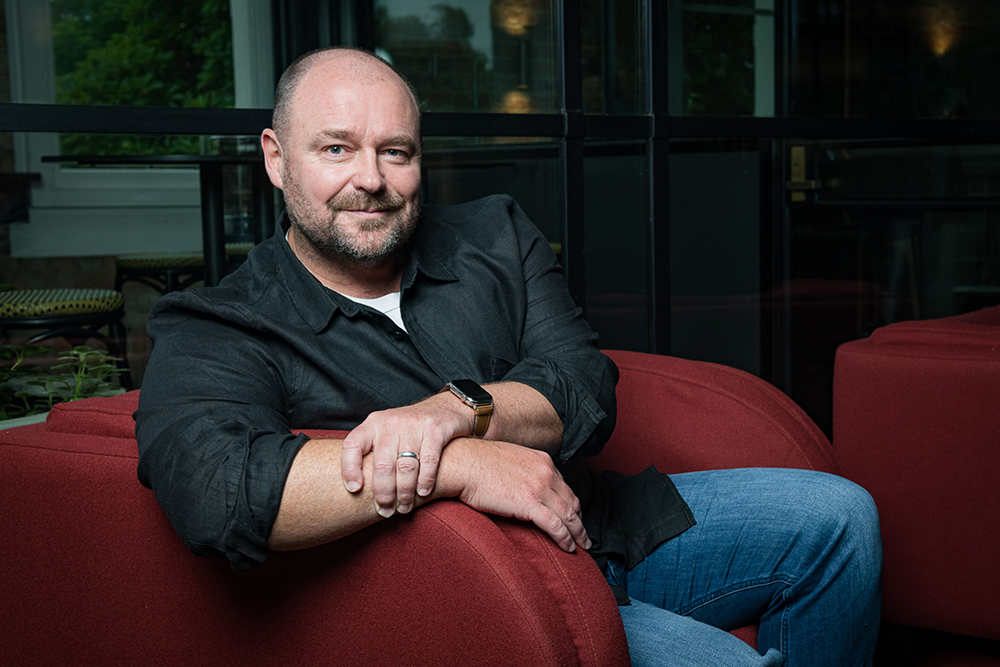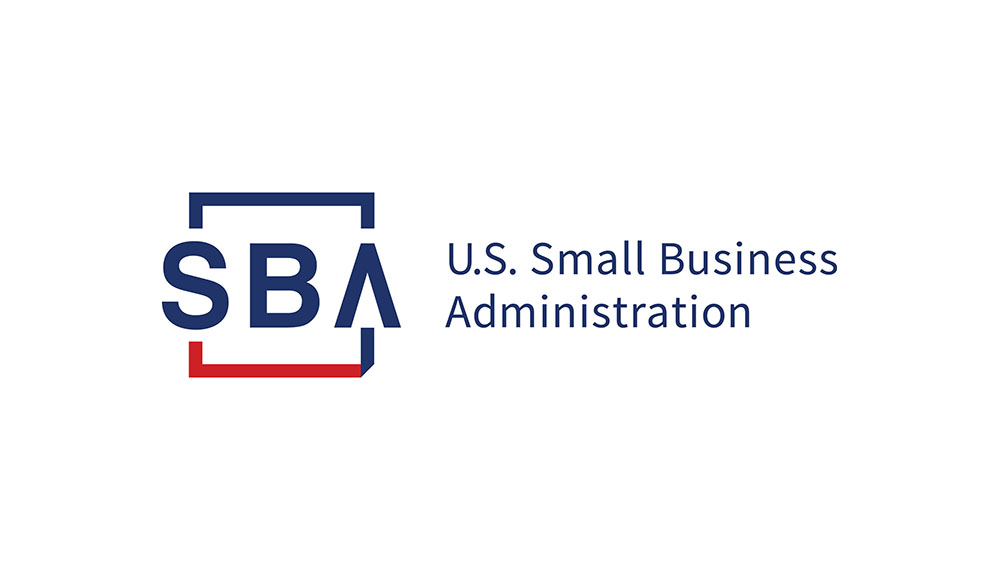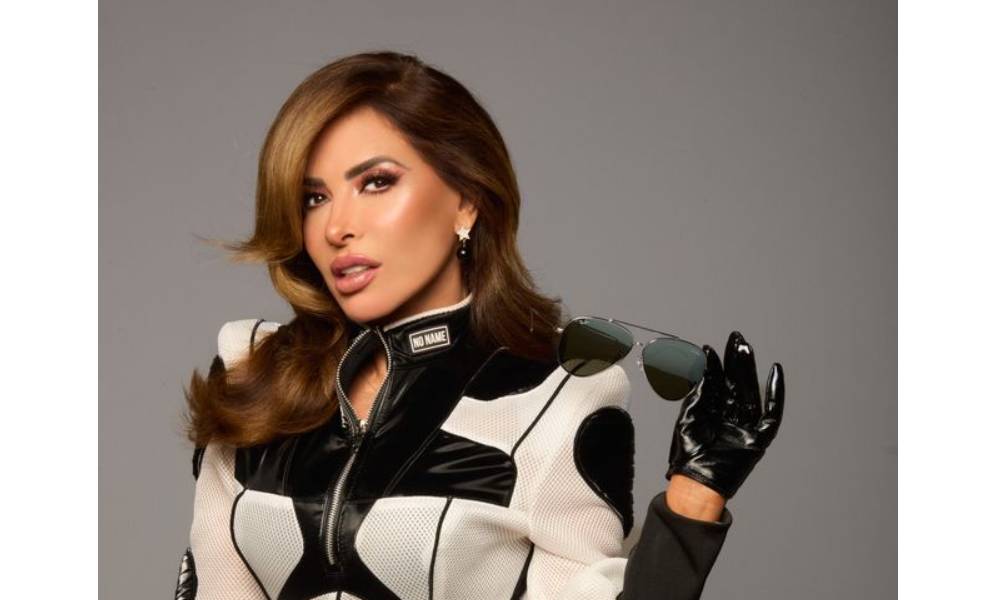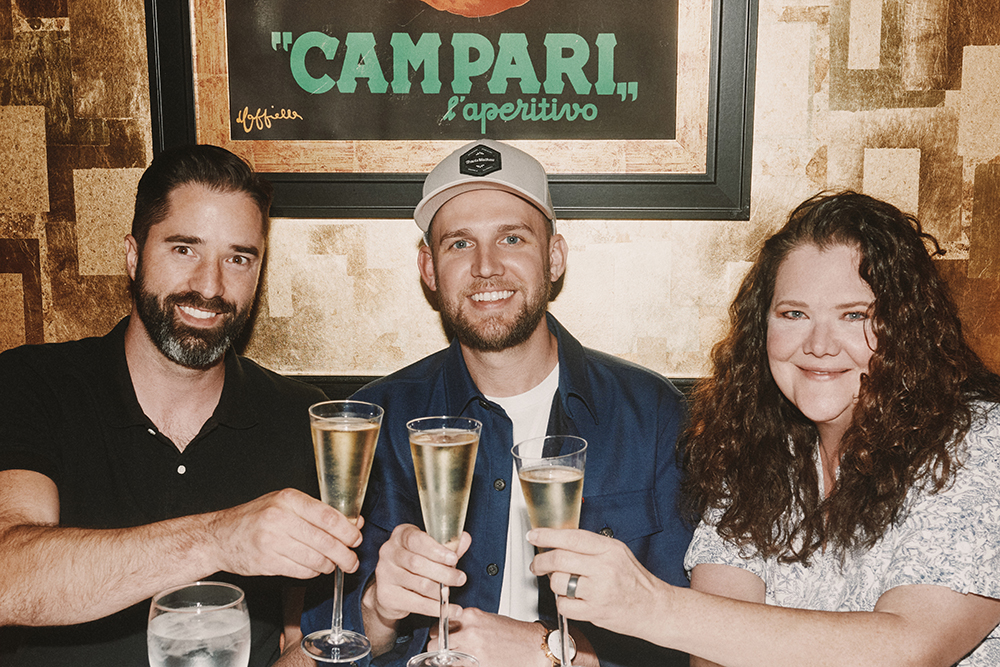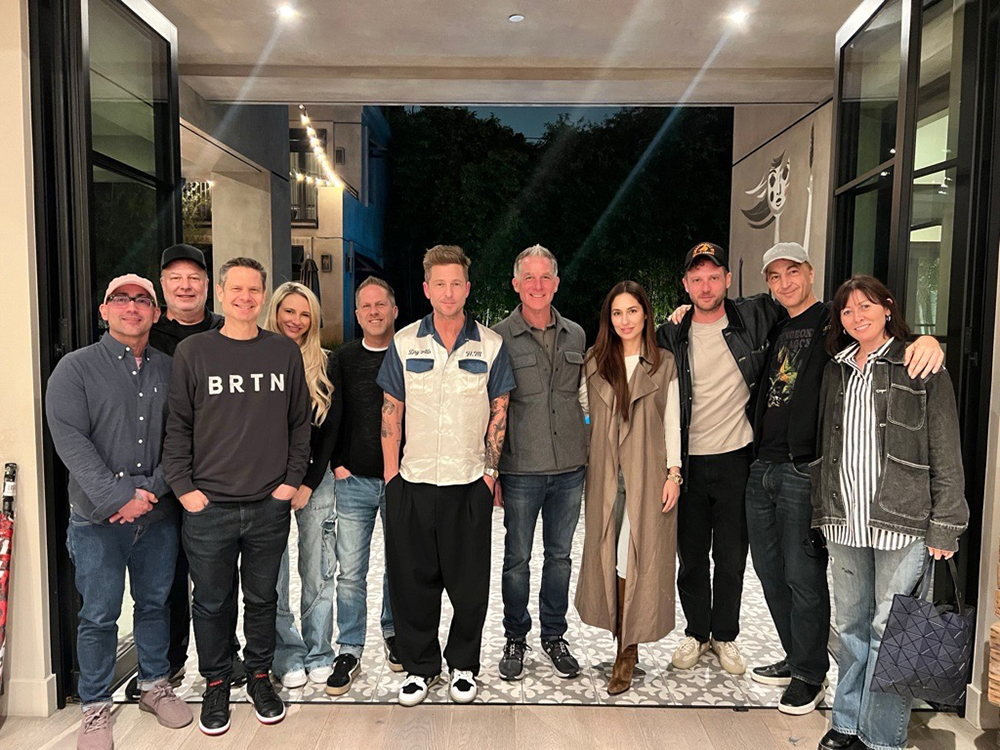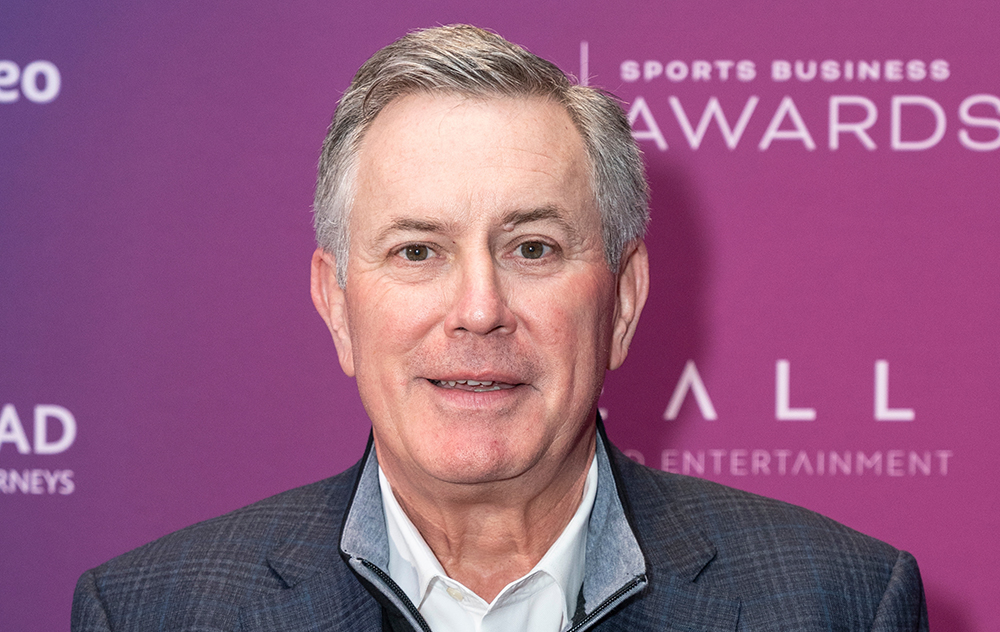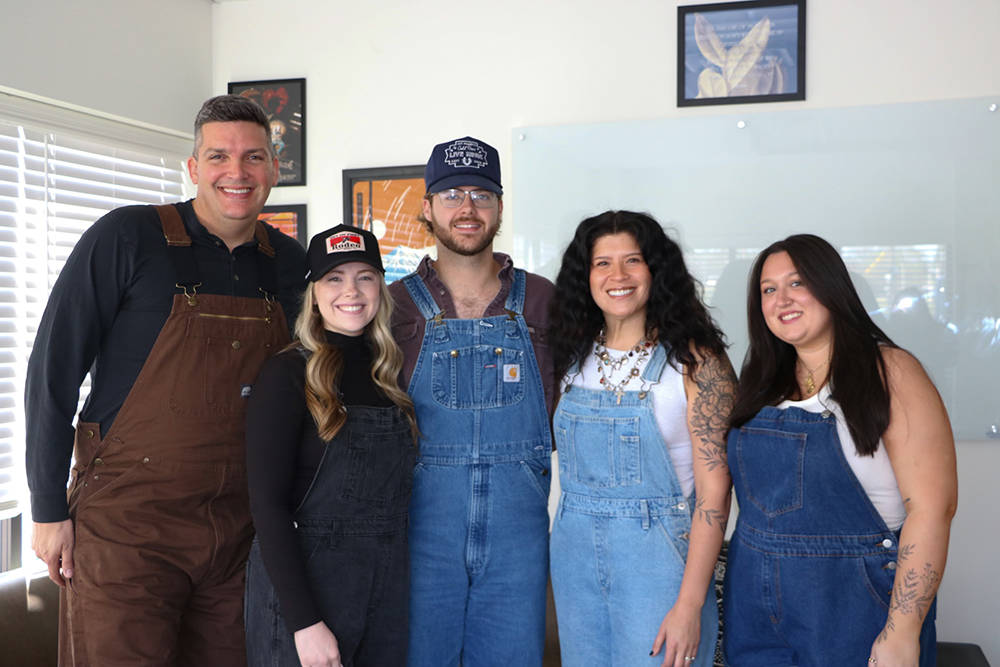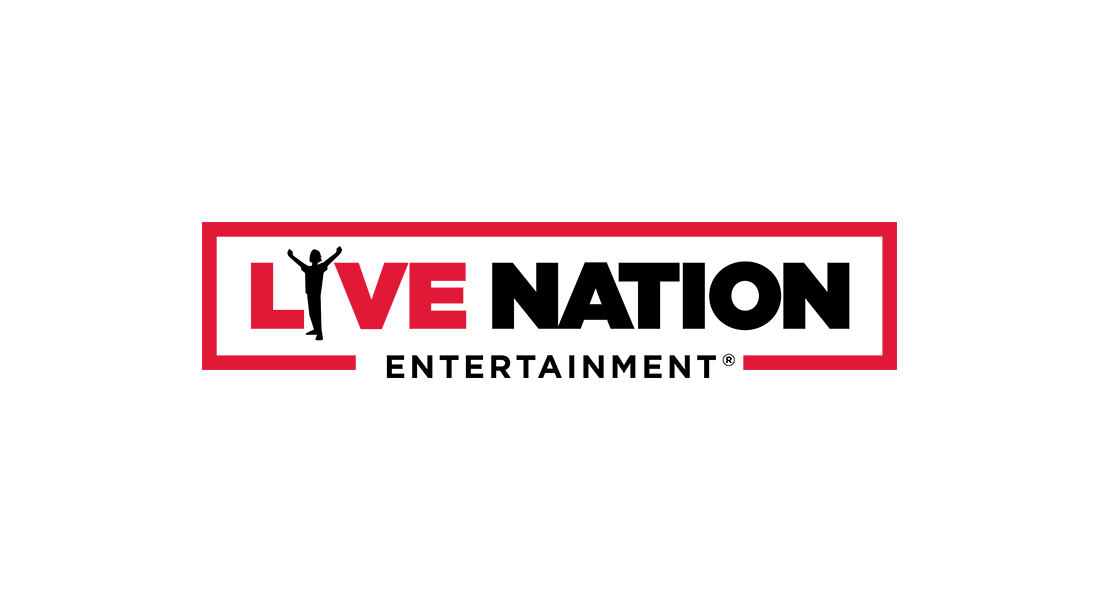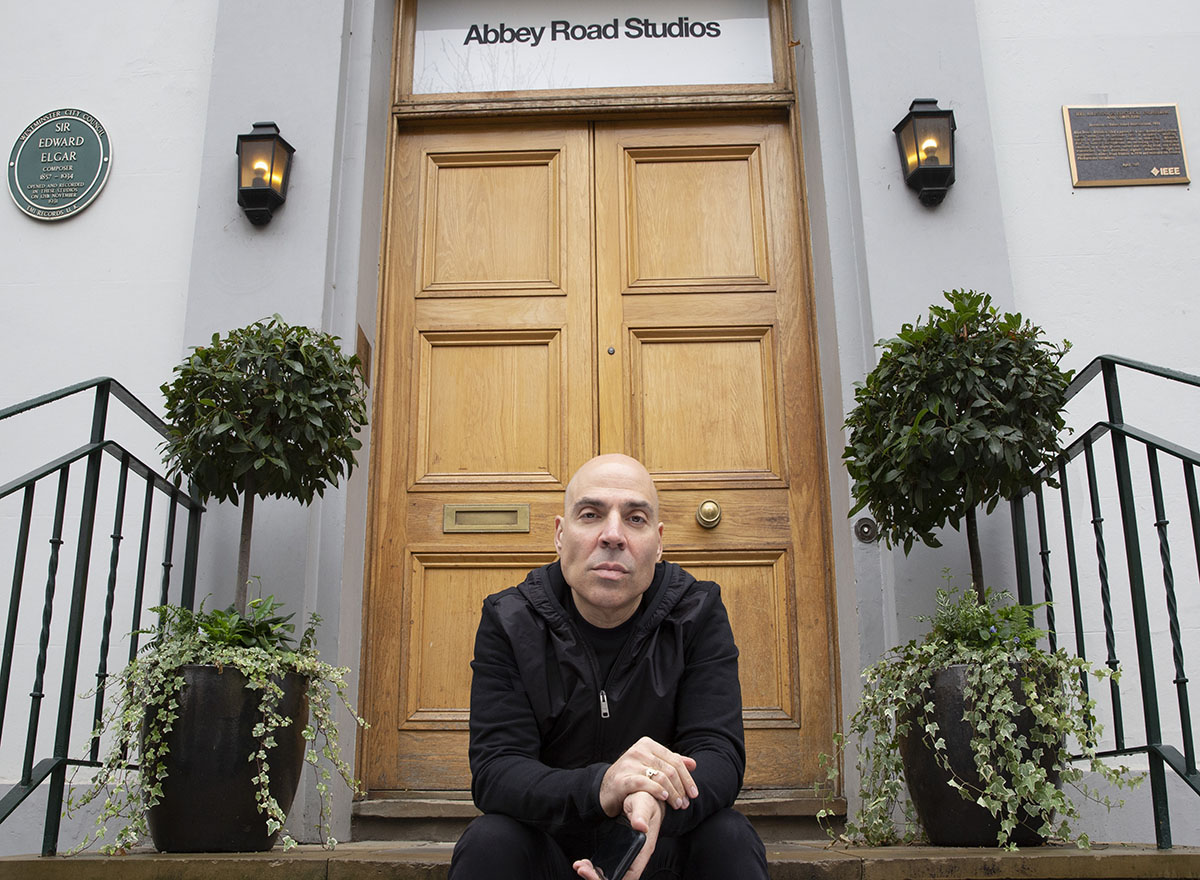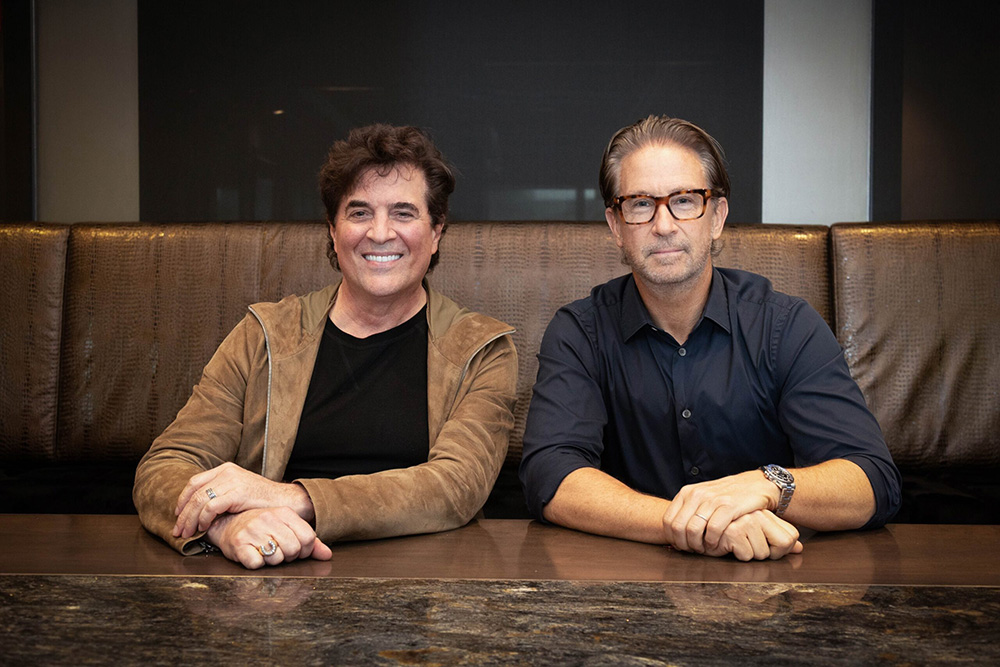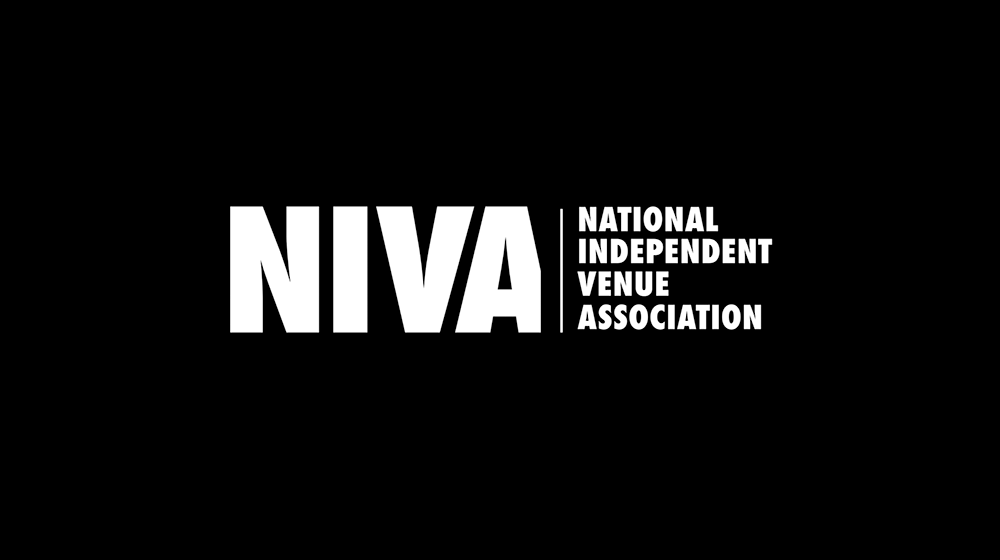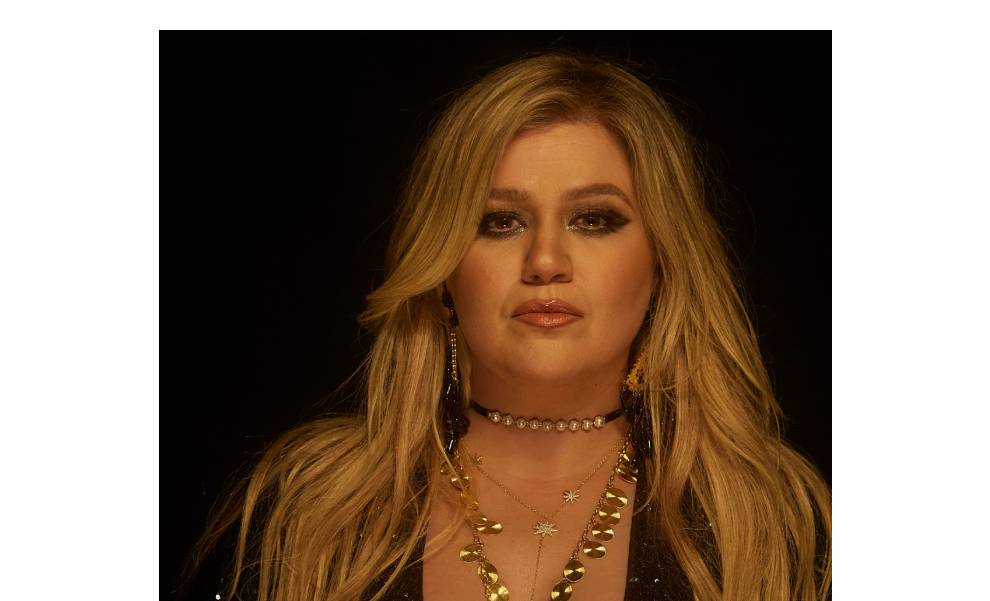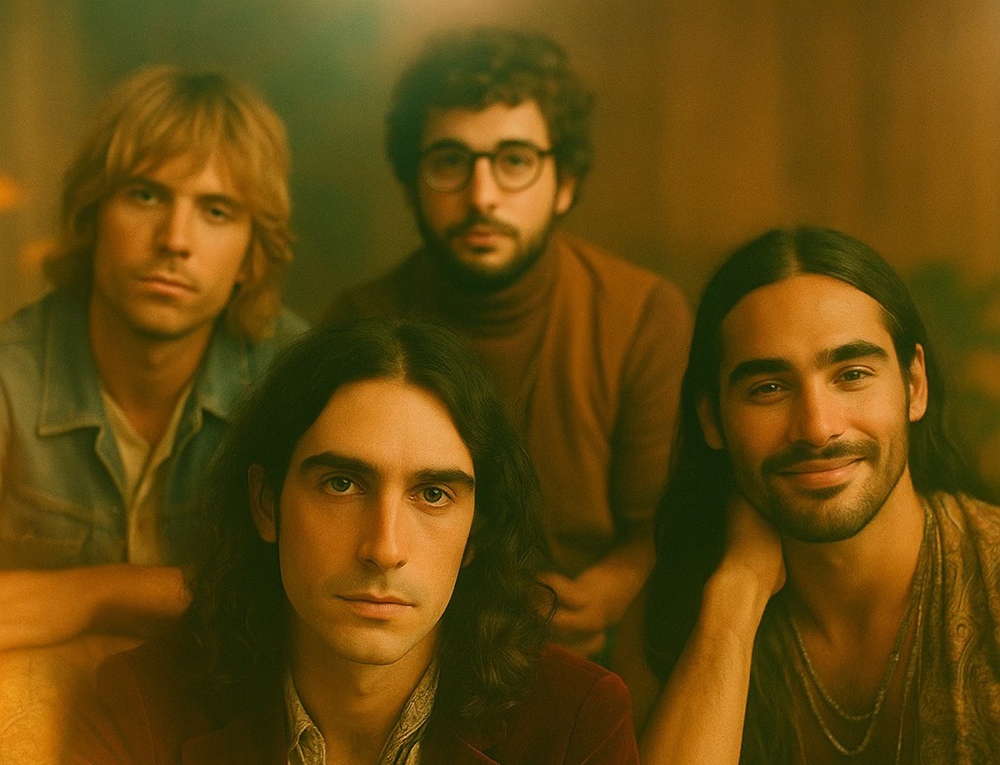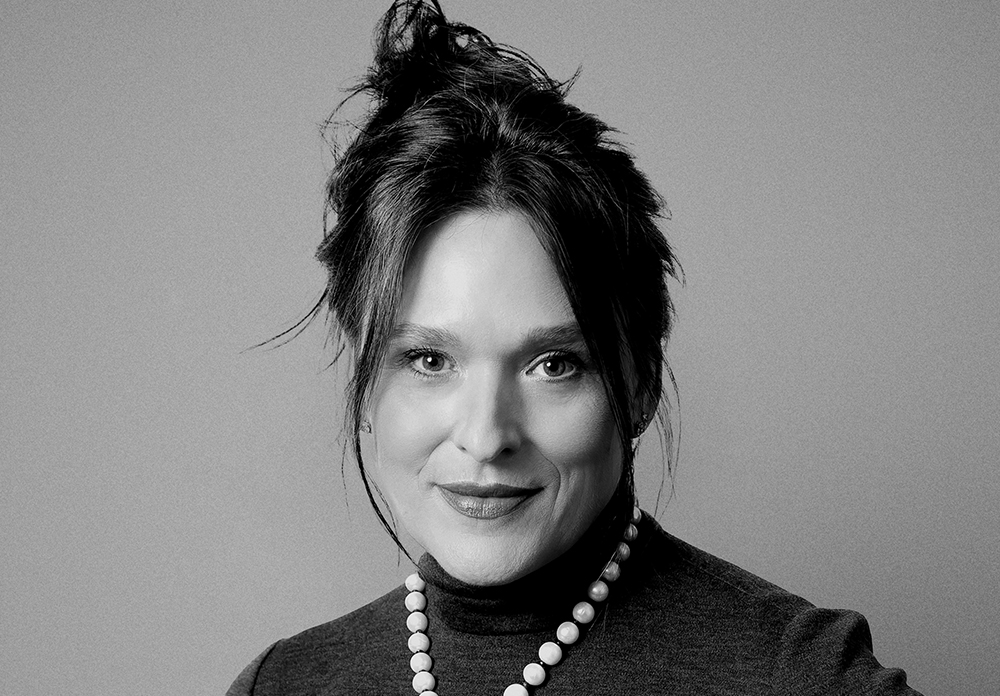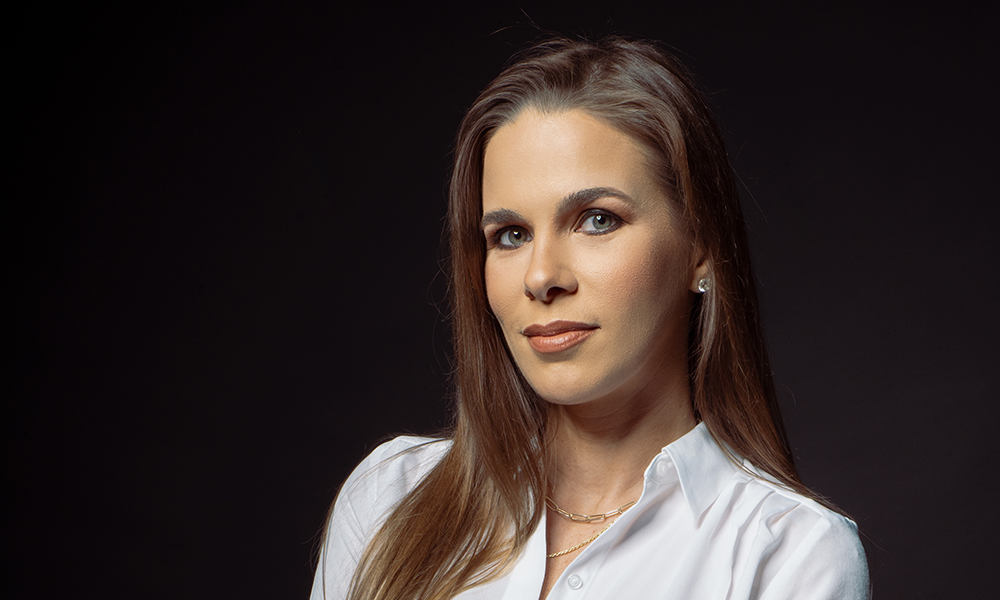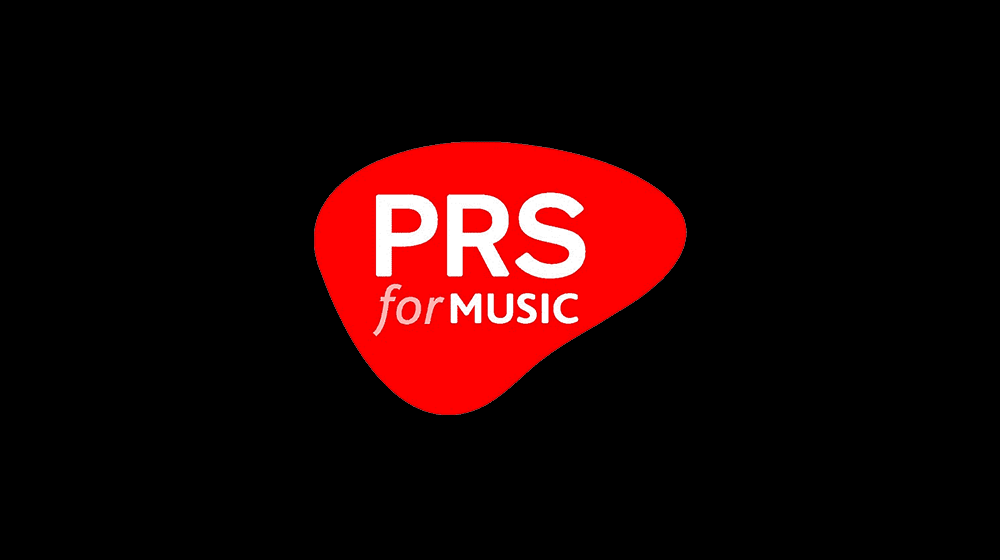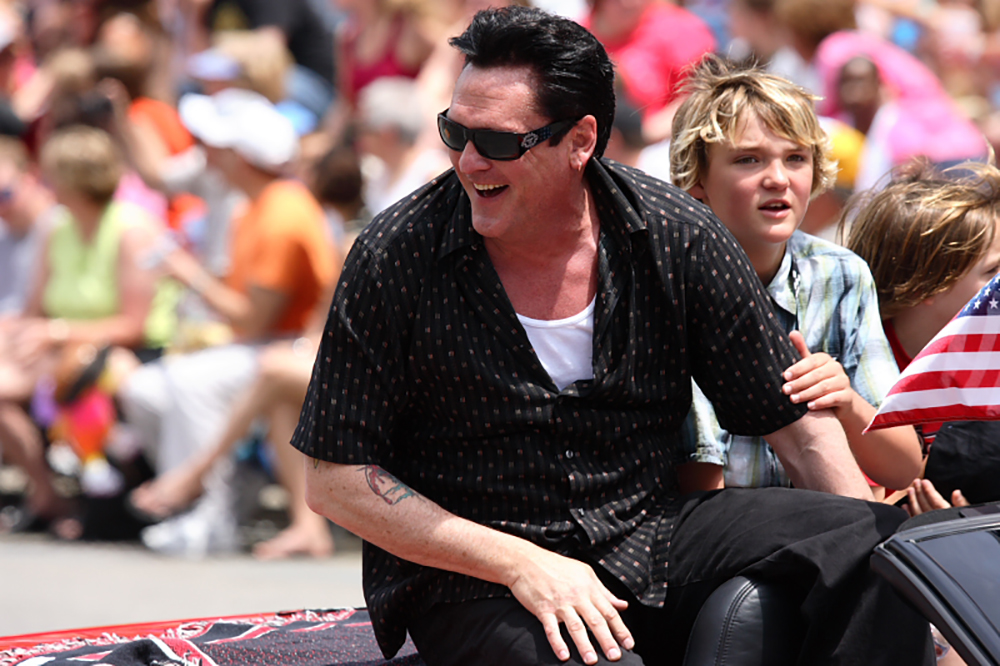(Hypebot) — YouTube is one of the best marketing platforms for musicians, so you should know how to use it. Here is a simple guide on Youtube advertising so you can get started.
by Randi Zimmerman of Symphonic Blog
Since 2009, every video that has made YouTube’s Most Viewed list has been a music video. Not to mention YouTube is owned by Google, the biggest and most popular site on the web. Odds are you’re already putting out content on YouTube, but if you aren’t optimizing your efforts, you’re missing out BIG time. If you’re gonna do it, might as well do it right! Whether you’re looking for tips on organic or paid advertising, this is the post for you.

Before we dive in…
On YouTube, there are 2 types of advertising: Organic & Paid Advertising.
I’m sure you can guess the difference here. Organic advertising is free, and paid is… well, paid for. Organic advertising takes a more work on your end and needs consistent attention to detail, but if you don’t have the budget to pay for advertising, it’s a great option on its own.
Ideally you should be implementing both of these into your strategy, but depending on what you can afford, you may not have a choice. In the meantime, we’ll break down each of these to give you a better idea of what to expect.
First, Let’s Talk Organic Advertising…
When we talk about advertising, we don’t just mean flashy promotion. We’re also talking about the basic layout of your page, the information you provide, the quality of the photos you present to your audience, and more. All of these are free to optimize, but they make a HUGE difference in the performance of your channel. Here’s what you can do…
1. Have a Searchable Title
In order for your video to be ranked higher in search engines, make sure the title of the video is clear, concise, and includes keywords. Keywords are words that directly relate to the content of your video but are also “highly searchable”. That means if your title includes words that people don’t often search for, it is unlikely the video will rank high in search results.
An easy way to test out if keywords are good enough is by utilizing the YouTube search auto-fill feature. Just start typing your keyword in mind and see if that keyword automatically fills in when typing.
2. Share Your Video Everywhere
We mean everywhere. Facebook, Twitter, and Instagram are the more obvious platforms that are responsible for a large amount of videos going viral, and YouTube has made it incredibly easy to do so with the click of a button.
Now, it’s a given that you should be sharing your video the day of its release, but we recommend you announce when the video will be premiered days to weeks to even months beforehand in some cases.
- Upon posting the video, share it multiple times per week for the weeks following the release.
- Do not be excessive to the point where followers see it as “spamming,” causing for them to hit the unfollow button.
- Keep your content fresh on their minds, but don’t overdo it.
3. Provide Links To All Your Socials
All your social media and streaming accounts should be linked to one another. If they aren’t, you’re missing out on a huge opportunity to cross-promote and advertise your other services to your audience. It really goes without saying that advertising in this day and age is virtually impossible without the help of social media. Use it to your advantage! This is textbook organic marketing at its finest.
4. Organize Your Content
If you have a bunch of videos, it’s a good idea to organize them into different categories. This makes it easier for your fans to find what they’re looking for if you have a ton of content. You can also customize the layout of your channel so that viewers will see your channel trailer, featured video, and featured sections when they get to your channel homepage.
To customize your channel, here’s what to do:
- Sign in to YouTube Studio.
- From the left menu, select Customization.
- Use the tabs to customize your channel:
Then, you can also organize your videos based on content. As an artist, these are good to have:
- Official Music Videos
- Official Remixes of Your Singles
- Lyric Music Videos
- Live Performances
- Acoustic Performances or Recordings
- Behind-the-Scenes
These are just a few types of organic advertising you can do on your page to optimize your efforts, and we actually have another post that breaks down even more for you to try. From the best times to post to a rundown on proper SEO, check out, “Organic YouTube Marketing Basics for Musicians” to learn more.
——
Next, Let’s Talk About Paid Advertising…
There are 4 types of paid YouTube ads: TrueView ads, Non-skippable ads, Bumper ads, and in-feed video ads.
TrueView ads are skippable ads. These skippable in-stream ads play before, during, or after other videos on YouTube and websites and apps on Google video partners. After 5 seconds, the viewer has the option to skip the ad and continue watching the video. What are the benefits?
- They help drive conversions, influence consideration, and reach new users across multiple devices with your ads, including desktop computers, phones, and TVs.
- Depending on your campaign goal, you can pay based on overall impressions, or when viewers watch your ad completely or interact with the video (whichever comes first).
- You can add interactive features like call-to-action buttons, sitelink extensions, product feeds, and more to your ads to encourage people to interact with your brand or business more.
- Trueview ads are also the only ads that can directly generate views from the ad itself on your video when utilizing an official release for your campaign.
To learn more about these types of ads, what they look like, and how to get started, check out this post.
Non-skippable in-stream ads play before, during, or after other videos, and your viewers don’t have the option to skip the ad. Non-skippable in-stream ads are 15-seconds (or shorter). As you know, these are super annoying. They are also expensive compared to your other options, so we don’t necessarily recommend these for your first bet as a musician.
Bumper ads are also non-skippable, but they’re slightly less annoying than the other non-skippable adds because they’re only six seconds long and show up at the latter end of videos.
Lastly, in-feed video ads place your brand, product or service alongside YouTube content that is likely to be viewed by your audience, and they include an image thumbnail, a headline, and up to 2 lines of text (depending on where the ad appears). When a viewer interacts with the thumbnail, they’re taken to the YouTube watch page for the ad.
- These can help you build brand consideration by showing your ads when viewers browse related videos, scroll through the YouTube Home feed in the app, or search for relevant content.
Depending on what you’re looking to accomplish, each of these meet a different goal. It’s up to you to choose what will work best for you.
In Conclusion…
There is a lot more to learn when it comes to finding the right audience to target, accessing analytics, setting up your ads, and so much more, but we’ll save those for another post! In the meantime, I hope these basics have shed some light on what the platform has to offer. Advertising is a major part of putting your best face forward in this industry, and without it, you’ll miss out on major engagement and exposure as an artist.
Good luck!

